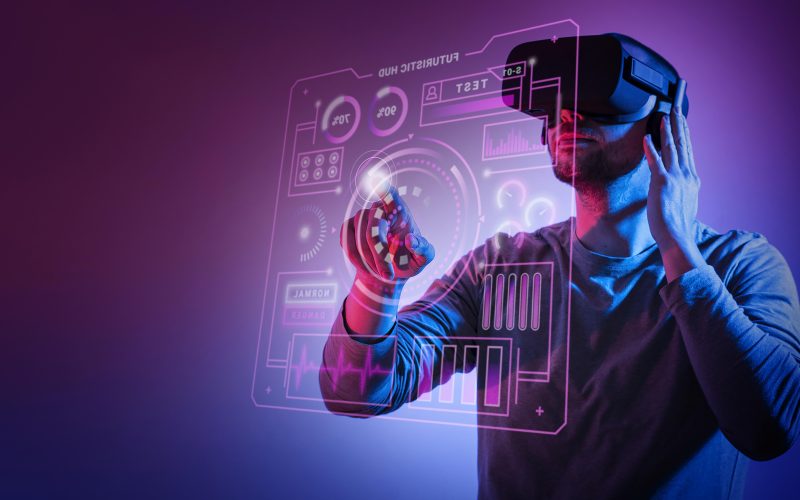We’ve all heard of the potential of artificial intelligence (AI) and its ability to revolutionize technology and disrupt industries. But what if there was a way to take AI to the next level? Enter Web3. Web3, also known as Distributed Ledger Technology (DLT), is an open-source protocol that promises to bring about a new era for data privacy and ownership. It has the potential to drastically change how we interact with AI, both from the point of view of developers and users alike. In this post, we look at what Web3 is and how it could revolutionize artificial intelligence.
What is Web3?
Web3 is the third generation of the World Wide Web, and it promises to revolutionize artificial intelligence. Web3 is based on a decentralized network of computers that allows for more data to be shared and processed more quickly and efficiently. This could lead to better decision-making by machines and a more intelligent web overall.
How Web3 Could Revolutionize Artificial Intelligence
The internet has transformed the way we live, work and play. It’s also had a profound impact on how we think about and use artificial intelligence (AI).
In its simplest form, AI is a process of teaching computers to do things that would normally require human intelligence, such as understanding natural language or recognizing objects. But the potential applications of AI are much broader than that.
For example, AI can be used to process and make decisions on vast amounts of data more efficiently than humans could. It can also be used to create completely new types of products and services, or to improve existing ones.
This is where Web 3.0 comes in.
Web 3.0 is the next evolution of the internet, where instead of being centrally controlled by a few big companies, it’s decentralized and controlled by its users. This has huge implications for AI, as it opens up the possibility for anyone to develop and use AI applications without having to go through centralized intermediaries.
Not only would this make it easier for people to access AI tools and services, but it would also make it possible for them to pool resources and share data more easily – something that’s essential for training effective machine learning algorithms. In short, Web 3.0 could democratize access to AI technology and allow anyone with an idea and some coding skills to build something amazing.
The Benefits of Web3
The major benefits of Web3 are its transparency, security, and decentralization.
First, Web3 is transparent. All data and transactions on the network are visible to everyone. This makes it difficult for anyone to cheat or commit fraud.
Second, Web3 is secure. The network is powered by blockchain technology, which is incredibly secure. This means that your data and transactions are safe from hackers.
Third, Web3 is decentralized. The network is not controlled by any central authority. This makes it resistant to censorship and manipulation.
The Challenges of Web3
Web 3.0 is the next stage of development for the World Wide Web, and it promises to bring some major changes to how we use the internet. One of the biggest changes that Web 3.0 will bring is a shift from traditional centralized services to decentralized ones. This means that instead of relying on a single company or organization to provide a service, we will instead be able to tap into a global network of computers that can provide that service.
This shift comes with a number of challenges, however. First, decentralized services are often less reliable than centralized ones because there is no one entity responsible for maintaining them. Second, there is often no easy way to find the data or information you’re looking for in a decentralized system. And finally, many people are resistant to change and may not be willing to adopt new technologies like Web 3.0.
Conclusion
The emergence of Web3 has the potential to revolutionize artificial intelligence by allowing machines to interact with users in more natural and intuitive ways. This could open up AI initiatives to a world of possibilities, leading to smarter devices that are more effective at responding and optimizing user experiences. With web3’s decentralized infrastructure and its ability to process data quickly and securely, it is expected that this technology will become even more important as we move forward into the future. In any case, it is clear that Web3 could revolutionize how we think about artificial intelligence in the years ahead.












